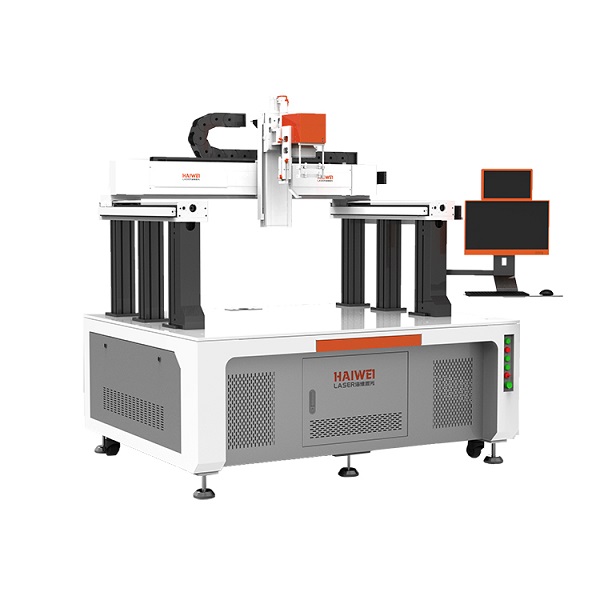Key Features of a Lithium Battery Laser Welding Machine
When integrating a lithium battery laser welding machine into your production line, it’s essential to understand what makes this equipment distinct from general-purpose welding systems. The demands of battery manufacturing—especially for EVs and energy storage—require precision, repeatability, and process control that only specialized solutions can deliver.

High Precision with Minimal Heat Input
Battery components like tabs, busbars, and cell cans are often made of thin copper or aluminum (0.1–0.5 mm). A dedicated lithium battery laser welding machine uses pulsed fiber lasers with fine beam control to achieve consistent weld penetration without burning through or distorting the material. This low heat input preserves the mechanical and electrical integrity of sensitive parts.
Built-in Protection Against Back Reflection
Copper and aluminum reflect over 90% of near-infrared laser light, which can damage the laser source. Reliable machines include optical isolators, back-reflection sensors, and real-time power monitoring to shut down safely if excessive reflection is detected—critical for uptime and component protection.
Seamless Automation Integration
Modern lithium battery laser welding machines support standard industrial interfaces (e.g., EtherCAT, PROFINET) and come with programmable logic for sync with conveyors, robots, or vision systems. Many also log weld parameters per unit for traceability—required in automotive-grade battery production.
Process Consistency Through Closed-Loop Control
Advanced models feature seam tracking, focus position adjustment, and melt-pool monitoring. These functions compensate for minor part variations, ensuring every weld meets quality criteria without manual intervention.
In summary, a true lithium battery laser welding machine isn’t just about joining metal—it’s a controlled, data-driven process engineered for safety, conductivity, and long-term reliability in high-volume battery assembly. Choose based on process robustness, not just peak power.
Recent Posts
- What are the advantages of laser welding machines in lithium battery pack production lines?
- What issues should be noted when choosing a lithium battery pack production line?
- Quality Inspection and Control of Lithium Battery Module Pack Production Line
- Cell grouping and sorting process in lithium battery module pack production line
- What are the safety hazards of lithium battery pack production lines and how can they be prevented?
INQUIRY

